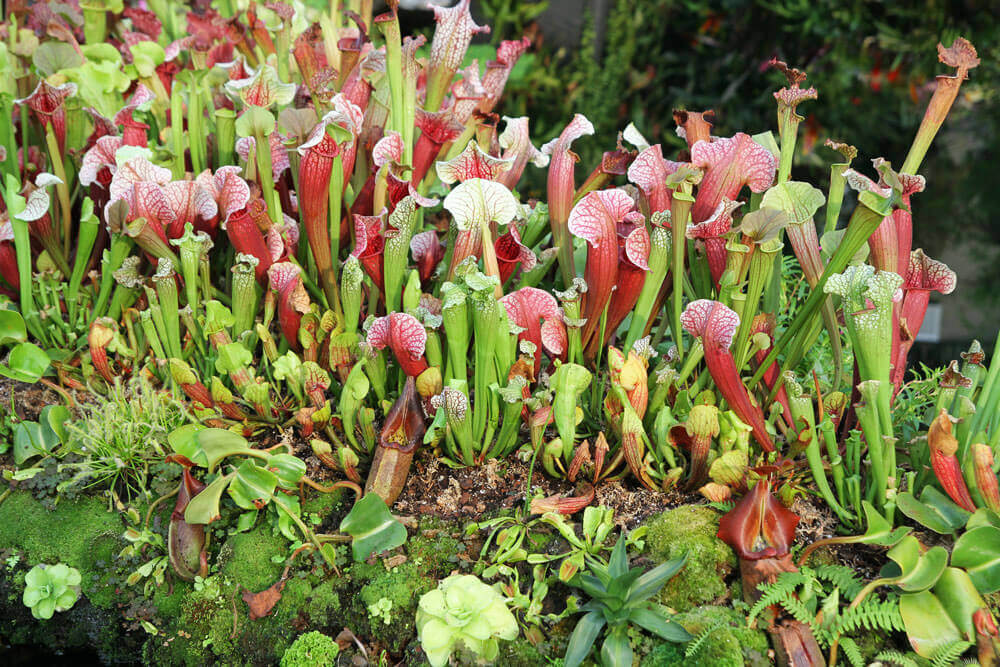Nepenthes: Identification, plant Growth and reproduction

Learn about the plant
Family: Nepenthaceae. A genus of about 70 species and various hybrids of dioecious, evergreen, carnivorous, climbing, terrestrial or epiphytic perennials from Madagascar, Seychelles, S.E. Asian countries, Borneo, and Queensland. These warm climbers create pitchers made up of a pepsin liquid that drowns pests and digests them. The pitchers besides have a top that maintains the bad weather out. A carnivorous climbing vine to 4m high. Indirect pitfall traps created with the ideas of your results in the trap and absorb modest pests. Colour in the pitchers lighting-natural, typically with light or dark-red-colored or violet areas. Nepenthes take pleasure in free, open up earth that stays wet to damp but enables drainage of extra water. These are tolerant of many piles of earth integrates.
The best include a section of ling-fibered sphagnum, the rest of the method being a combination of course supplies. All storage containers need to have discharge pockets. Position a thin coating of sphagnum with the bottom of the container to prevent the gradual lack of dirt with the openings. This can also maintain moisture content. Plastic material containers work well, as do terra-cotta or glazed ceramics. Wooden boxes or orchid baskets job beautifully—6 to 10 min. Containers are recommended for mature vegetation. In greenhouses, avoid the tray method of irrigating entirely and set the storage units on seats or hang them up so h2o can freely empty. Terrariums and also on windowsills, position the cooking pot in the shallow saucer and h2o overhead right after the water in saucer evaporates. Do not allow the container to stay in profoundly normal water for extended times. All Nepenthes are tropical plants, roughly divided into lowlanders and highlanders. Lowlanders require temperatures in the 60’s and 70’s at night, 80’s, and 90’s during the day. Lowlanders are not tolerant of low temperatures. Highlanders do best in the ’50s and low 60’s at night, ’70s, and low 80’s during the day.
Plant growth conditions
Medium heat in summertime – bare minimum 60 F during winter. The brightly illuminated area from sunlight.
Keep rich compost wet at all times. Minimize irrigating in the wintertime. Misting is essential. Use rainwater.
Plant reproduction
Take stem cuttings at 70-81 F (21-27 C) in the spring season. Sow seed when ripe on top of damp peat or okay coconut dietary fiber, and set within tray water in a shaded propagator at 81 F (27 C)—air level in spring season or summer season.
